How to Start a Podcast: Tips, Tricks and Tech from the Pros
If you've got the itch to create a podcast, we've got everything you need to know, including advice from the pros.
Podcasts have become a huge medium for getting your voice heard online, with over half a million of them in existence today (and that's just on Apple's servers). But whether you want to document a growing concern or gush about your favorite topic, the act of creating a new show can be a daunting task.
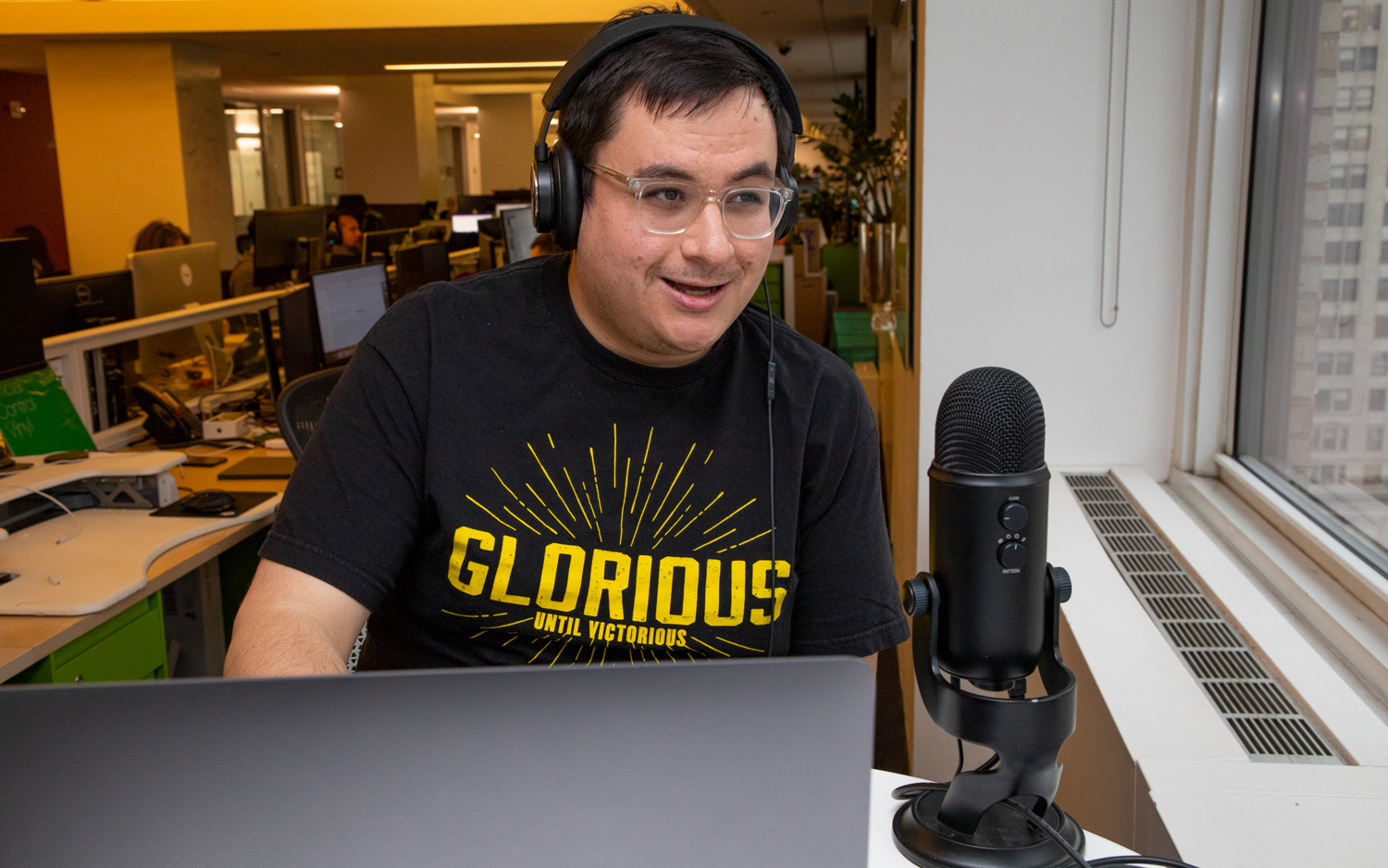
From coming up with the best idea for your show to making sure it sounds right and is available for all, here's everything you need to know about getting into podcasting.
Ideation: Coming up with your show
I presume you've come to this article with a topic that you want to talk about on your podcast. If not, that's an easy one to figure out. Think of the stuff you can't stop talking about and see if you can make a list of 25 topics that you'd want to discuss in one of these areas. For me, it was pro wrestling. For you, it might be video games or modern art or candy or movies.
Next, think about how you can specialize your show, without making it too niche. This is where researching your topic — using the iTunes Podcast directory, which is the main podcast depository — is key. My favorite new podcast of the year might just be two people talking about pro wrestling, but it stands out because 1) they're both women, something of a rarity in wrestling podcasts, and 2) the show is about one friend explaining wrestling to the other.
That show, Wrestlesplania, found an underserved audience and by the end of its first year wound up getting around $1,401 in contributions per month on Patreon.
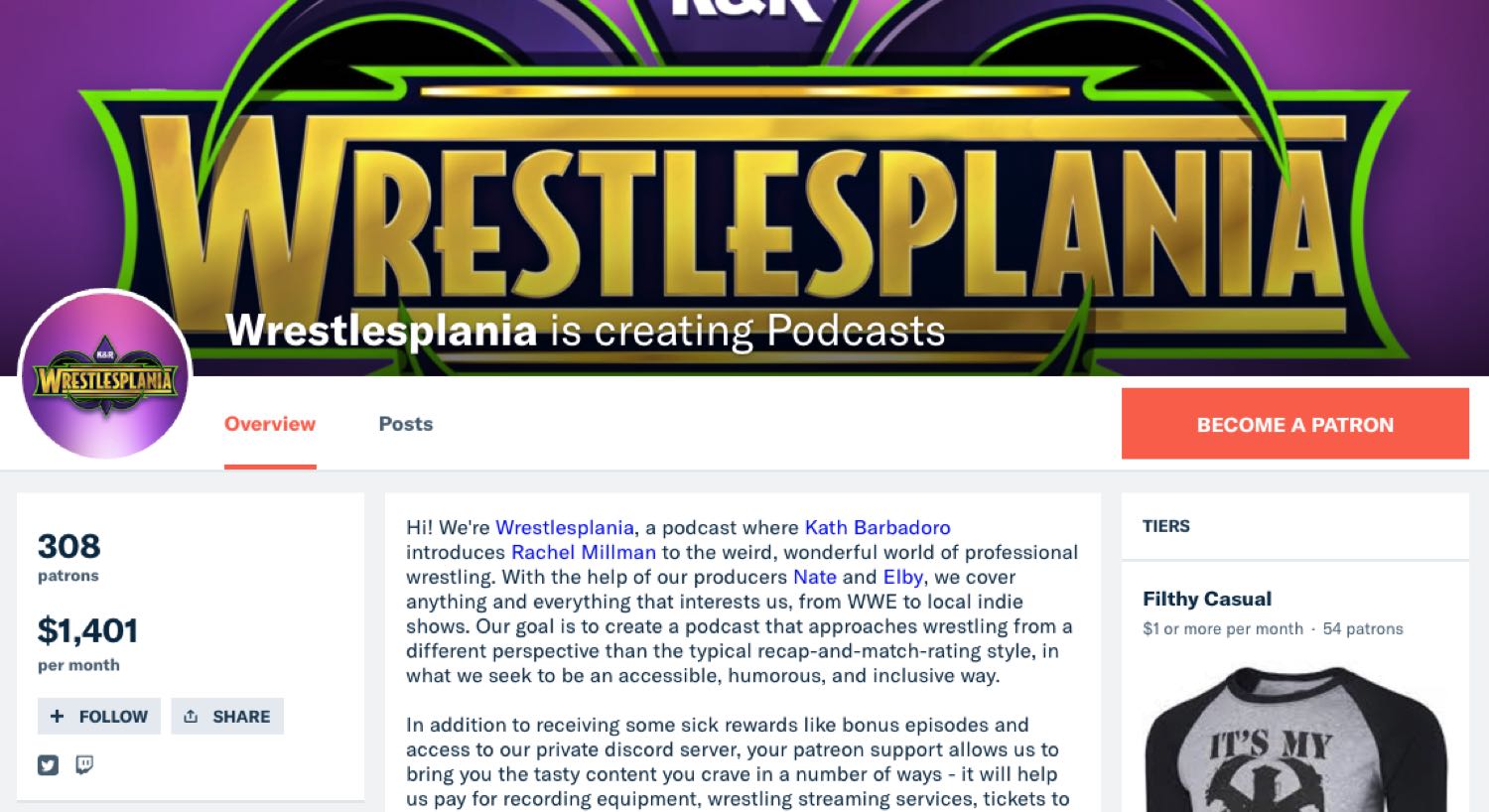
Once you've got an idea of what your topic will be, it's time to figure out a format and think about co-hosts. A popular podcast format is one in which the same host (you) interviews different people each week, as topics occur. This might be tough, as it puts an onus on you to find guests, but if you don't have recurring or permanent co-hosts in mind, it might be your best move.
When I asked Microsoft's Christina Warren (whose resume includes nine shows, including Rocket and Overtired) about podcasting, she said, "Chemistry is a tricky thing, and sometimes you have it with people and sometimes you don't. People you get along with aren't always people you'll do well with on a podcast — and that's OK."
Sign up to get the BEST of Tom's Guide direct to your inbox.
Get instant access to breaking news, the hottest reviews, great deals and helpful tips.
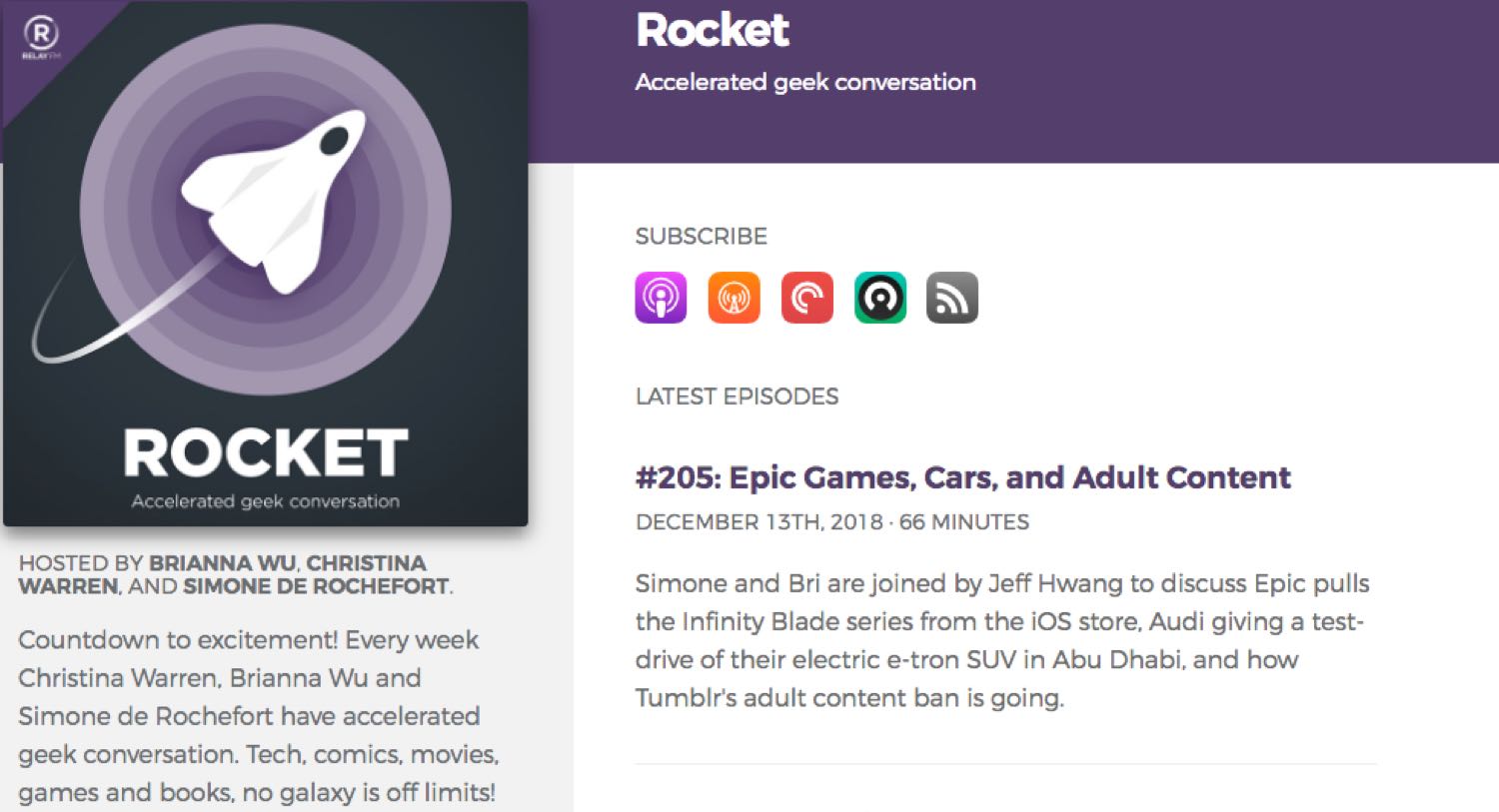
"Sometimes you get really lucky, like we did with Rocket," Warren noted. "Before our first episode, Bri, Simone [de Rochefort] and I had never been on the phone together. Within a few episodes, it totally gelled." Recalling excellent moments, Christina rattled off eternal memories, such as "Left shark, Simone doing erotic gadget porn live reads — it all started so early."
I can't mention Rocket and de Rochefort without noting that she's an excellent case of how one host can add a ton to a show. While Warren and their co-host Brianna Wu are often explaining tasks, de Rochefort pours personality into Rocket by the bucket. While ad reads may be boring and traditional on many shows, de Rochefort's reads are zany, outlandish and downright glorious.
With the podcast I do, The Ring Post, we have a consistent, three-co-host format that we sort of happily fell into. Myke Hurley, our main host, started off the show by alternating between co-hosts, before he decided to have both Dave Tach and myself on in the same week. We all could tell the show's chemistry was best with all three of us at once, and we stuck with it.
In terms of finding those co-hosts, think about the friends you have whose schedules aren't always impossibly busy. Next, think about people who have experience podcasting but don't have a currently active show.
MORE: Best Podcast Apps - Manage Your Subscriptions on iOS and ...
Last, once you have your brain trust of hosts and co-hosts, it's time to figure out the format. Are you going to run a short-form show, putting brevity above all? It's a way to start without asking for a huge commitment, but banter-driven shows with co-hosts that have solid chemistry typically run longer. Record a few shows and see what length feels best to you.
Recording: Space, equipment and apps
When it comes time to record, you have three tasks: find a proper space, a microphone for capturing your audio and an app for recording said audio. Finding a place to talk is probably the hardest, as your available spaces can vary greatly.
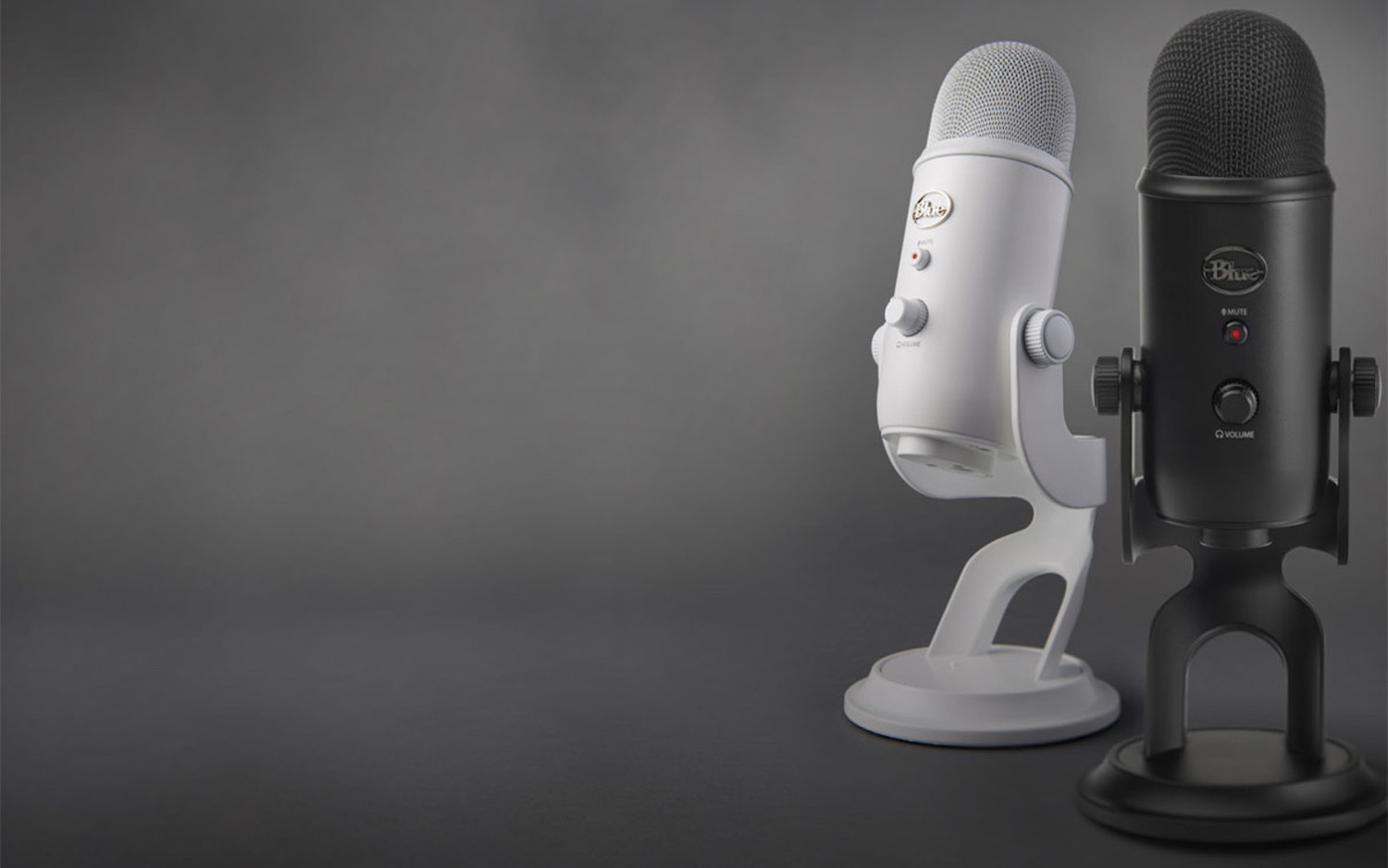
If you're obsessed with good audio quality, figure out which available room is farthest from any nearby noise pollution. Your microphone may have a Gain switch you can adjust to try and reduce what it picks up, but even those have their limits, and you want to place as small a burden on your editing process as possible.
The other thing to look out for when seeking a recording space is comfort. Sure, my bathroom at home is the farthest away from the sounds of the street, but no toilet is made for comfortable seating for an hour or more.
If you have any money to spend on making your podcast, it's best put into your microphone. And I recommend the mic I use — the mic I paid for — the Blue Yeti USB mic.
At $129 (but often available for less during sales), the Yeti isn't cheap, but it's a solid value. While pros pay top dollar for high-end mics, many won't be able to tell the difference between the sound recorded from this microphone and one that costs many times its price. If your budget is tighter, or you want something more travel friendly, the $36 Samson Go Mic is a popular low-cost option.
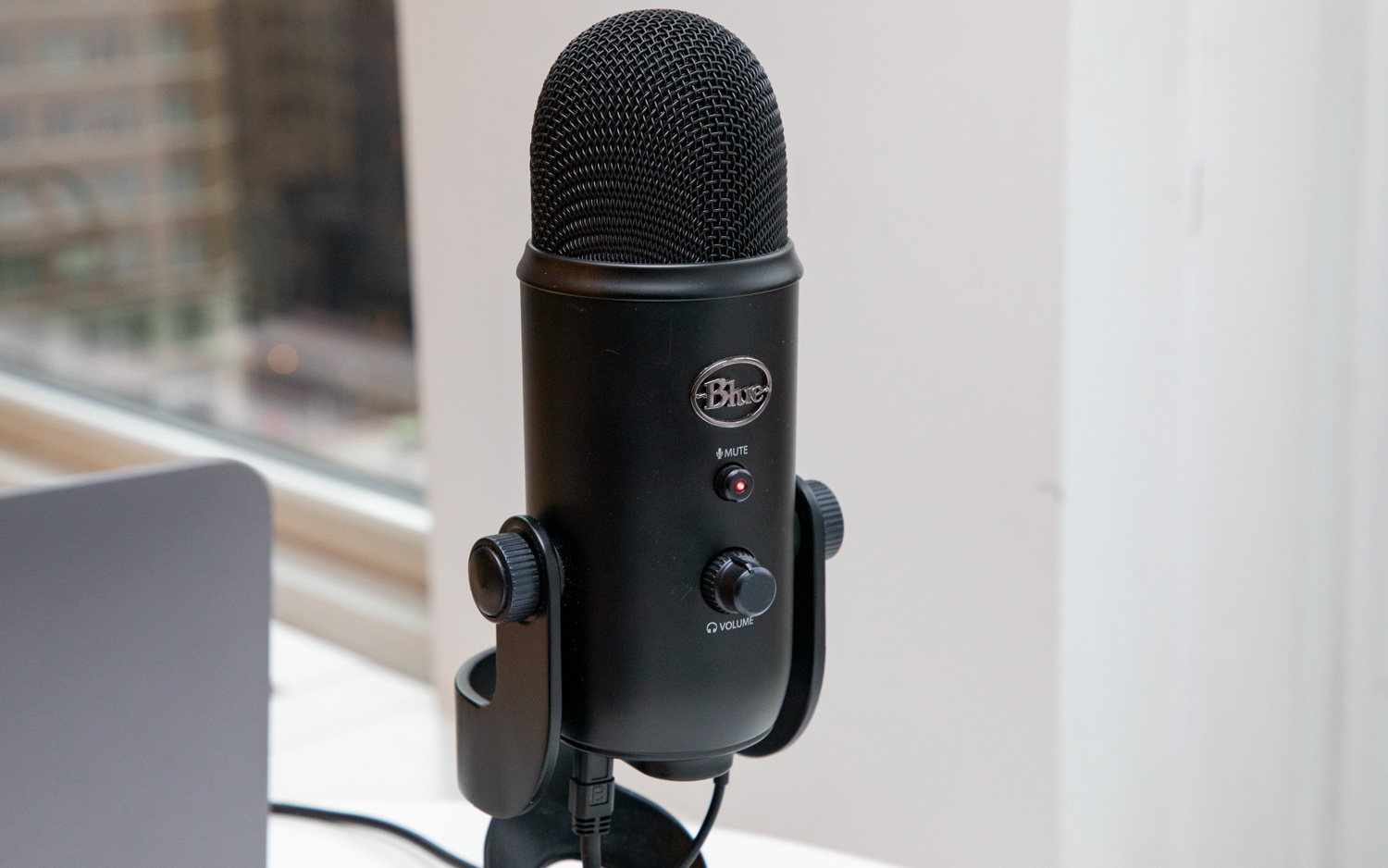
If you don't have the money, then you could get away with the in-line microphone in a pair of headphones you already own. That's the bare minimum — don't think you can get away without using headphones, plugged into your system, while you record. The screeching feedback from the computer recording its own audio would make you inaudible.
Last, let's talk recording apps. Are you comfortable with editing audio? If you know your way around sound-editing apps, the best move is to ask each co-host to record their own audio track (presuming you're all recording from remote locations).
If you're recording on your own, set your mic to the Cardioid mode; if you're in a room with your co-hosts (and sharing a mic), use the Omnidirectional setting. And make sure tospeak directly into the base bottom of the mic grill — not the tip.
PC users should download the free Audacity app, while Mac users can use QuickTime, which is built into macOS. Since everyone's interface will work a little differently, have each host do a test run, to make sure they've selected the right input device for their recording app.
If you don't want to deal with multiple tracks and lining them up properly in your audio editor, both Skype and Google Hangouts have built-in record functions. It's the fastest method and the path of least resistance.
MORE: 10 Things You Didn't Know Spotify Could Do
The reason to go multitrack and avoid those, though, is for higher quality. Recording locally captures a complete audio track, while a track taken from a teleconferencing app is going to have the same kinds of audio glitches that you get during those calls.
Editing: Getting things nice and presentable
Now that you've recorded a few episodes, it's time to get them ready for the internet. First off, you should think about finding some intro music. The best option is straight out of The Weakest Link: find a friend who can make a tune.
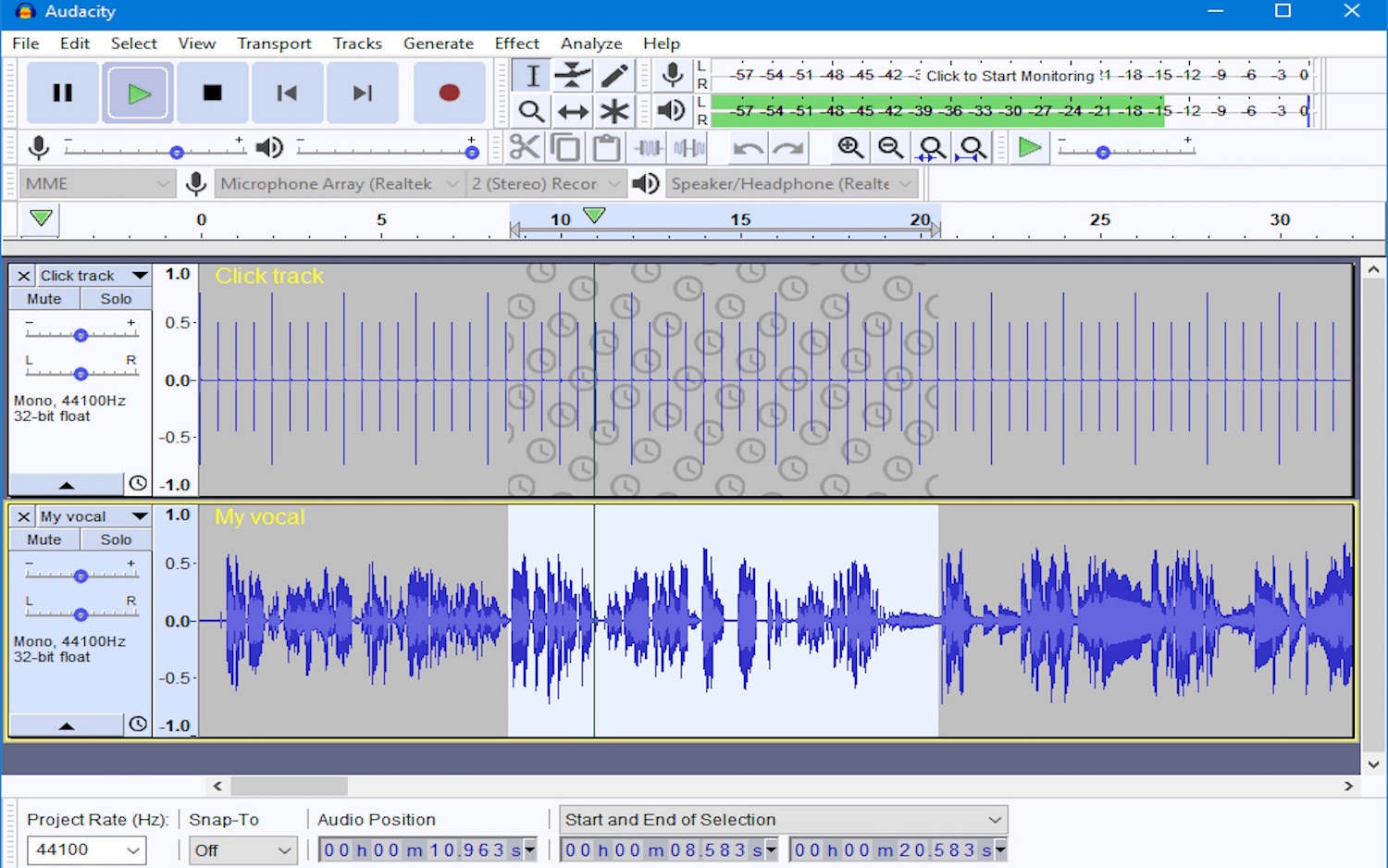
If you don't have a musically inclined friend who can cut you a deal, look into rights-free audio. YouTube has its own directory, and Bensound is another option.
Most shows don't need more than 5 seconds of sound, but if you're going to break your show into multiple segments, you might want a few different sound bytes. Hilarious, banter-driven shows such as Do By Friday and You Look Nice Today can show you how it's done.
In terms of chopping everything together, Audacity is the best free audio editor for PCs and GarageBand is the best free audio editor on Macs. But if you can splurge, for $199 , you can pick up Logic Pro X, which comes recommended by my co-hosts Hurley and Tach. It's more robust and has a lot more options for audio-quality adjustments.
Next, rinse, lather and repeat with recording and editing. If you've mastered your editing app, you'll want to consider smoothing out your audio levels, deleting awkward pauses and those "ums" and "likes." Consider creating a bunch of episodes before posting them, if you don't feel like you hit it out of the park on your first try.
Hosting and publishing: Placing your podcast on the internet
Now that you're ready to share your work with the world, you'll need to upload your podcast to a host. Before you commit to a free option — such as SoundCloud or Anchor — realize that not paying for hosting means you don't own your show as much as you would otherwise.
For example, Spotify just announced its plans to acquire Anchor, among other assets. The results of this could provide an upside, with easy publishing to Spotify, or could lead to Anchor podcasts getting turned into Spotify exclusives, reducing your maximum audience. It's too soon to say which way it will go, but these are the risks when you publish on a platform that you don't own or control.
Libsyn is a long-established and well-regarded $15-per-month service that many should consider. If you want a website for your podcast, Simplecast includes one with its $12-per-month service.
Or, if you're making a show that would fit well into an existing podcast network, you might want to pitch your show to the owner of said network. For example, The Ring Post (the show I co-host) lives on The Incomparable, Jason Snell's pop-culture-focused network, which didn't have an existing pro wrestling show. Don't expect to land any network you want, though: We got onto the Incomparable thanks in part to Hurley's existing connection to Snell — the two make the show Upgrade.
Before you upload, you'll want to come up with art for your show. Hopefully, you know an artist or can commission a work from a graphic designer. Let them know you need a 512 x 512-pixel PNG file whose visual glory speaks to your ideas.
Next, you're going to need to publish at a consistent, reliable pace. Whether that's weekly or monthly, or following certain events, the less you publish, the more you risk losing your audience. Popular podcast app Overcast now notes the frequency with which you post episodes, so people can tell how active you are.
With these tips, you now know everything you need to know to get your show off the ground. Happy podcasting!
Credit: Tom's Guide

Henry is a managing editor at Tom’s Guide covering streaming media, laptops and all things Apple, reviewing devices and services for the past seven years. Prior to joining Tom's Guide, he reviewed software and hardware for TechRadar Pro, and interviewed artists for Patek Philippe International Magazine. He's also covered the wild world of professional wrestling for Cageside Seats, interviewing athletes and other industry veterans.

